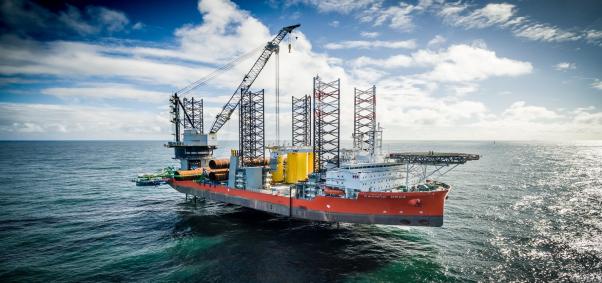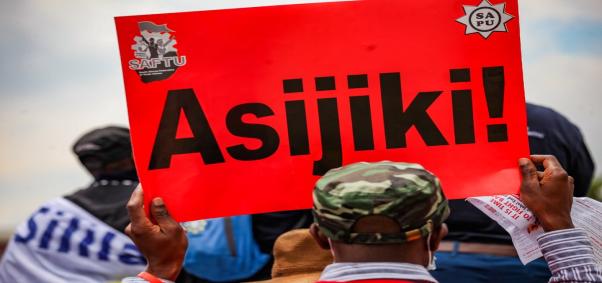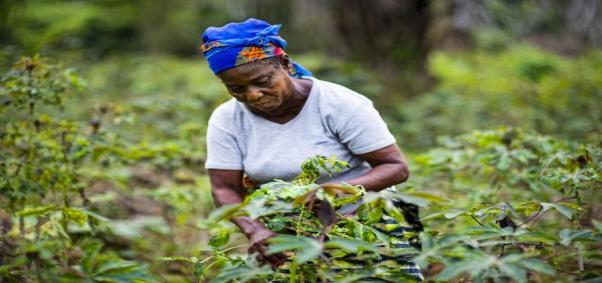
This article was published in The Hill on November 20, 2016.
Naina Lal Kidwai is a member of the Global Commission on the Economy and Climate, Chairman of Max Financial Services, and Chairman of FICCI Water Mission.
The past year has been a testament to the worldwide, broad-reaching support for action to tackle climate change. There are many important steps being taken in 2016, particularly by some of the biggest developing economies.
The Paris Agreement was reached last December, with all countries finding common ground in a vision of a zero-carbon future. Less than one year later over 100 countries have ratified it, including China, India, Brazil, and South Africa. This was incredibly fast, setting records for speed for international agreements. And even more countries are expected to join in the coming months.
The first meeting of the parties to the agreement is taking place in Morocco. This COP22 conference in Marrakech will be an important agenda setter for the next few years, providing the framework for countries to ramp up their ambition.
The BRICS countries (Brazil, Russia, India, China, and South Africa) have already stepped up their leadership post-Paris to reduce emissions and promote sustainable development. Supported by UNEP, there have already been efforts to incorporate sustainability factors into the rules that govern the financial system. Now however, we need to accelerate what so far has been a “quiet revolution”. The need of the hour, now more than ever, is for these countries to really show leadership in acting on climate.
The BRICS’ New Development Bank has also been an important mover, making clean energy finance a vital part of its mandate. It launched its first four investments in April 2016, worth US$811 million, all for renewable energy projects. Then, in July, it issued 3 billion renminbi (US$450 billion) of green bonds in China’s interbank bond market. The fact that the New Development Bank’s first debt issue was designed to finance clean energy sends an important signal.
On a country-by-country level, the BRICS are making great strides to integrate the meaning of the Paris Agreement into their economic strategies.
Earlier this year, China unveiled its newest Five-Year Plan, mapping out the country’s strategy for economic and social development. The 2016-2020 plan places great emphasis on the greening of the economy. In fact, the math suggests that China will likely over-deliver on its climate commitments for 2020.
The government is acting quickly. In the first eight months of 2016, China shut down 150 million tons of coal-mining capacity, with another 100 million tonnes of capacity scheduled to end by the end of the year.
It’s no wonder China doesn’t need coal anymore: it has become a giant in the sustainable energy economy. Last year, China invested around US$100 billion in renewable energy. That’s 36% of the global total. Next year, it plans to implement the world’s largest emissions trading scheme, expanding its seven pilot trading systems to the national level.
Next door, we in India have exciting clean energy dreams of our own. India has committed to expand its renewable capacity to 175 gigawatts by 2022, from 34 gigawatts in 2015. To make sure this target is achievable, in April the government released detailed targets to get from here to there.
In another encouraging move, India has been phasing out subsidies to diesel and petrol. And in March 2016, the government doubled the tax on coal, lignite, and peat. It uses the proceeds to fund clean energy.
2016 was an important year for Brazil too, not least because the Olympics were hosted in Rio de Janeiro. Rio didn’t squander the opportunity to highlight climate change: in the opening ceremony, it broadcast a video about global warming to a global audience of billions, boosting the profile of the issue to an extent it rarely receives. For its part, Brazil aims to increase its proportion of non-hydro renewables from less than 10% today to 23% by 2030.
The other BRICs are taking positive steps as well. At the beginning of next year, South Africa plans to become the first African country to put in place a carbon tax. And earlier this year, it built Africa’s first solar-powered airport. Russia, meanwhile, has begun to reform some fossil fuel subsidies and tax breaks. Its commitments to the Paris Agreement may not have been particularly ambitious, but its energy strategy aims to generate 4.5% of electricity from renewables by 2020, from less than 1% today.
Instead of big moments inside the climate arena this year, all eyes are on the US and its recent election. But that should not distract us from the important work that needs to be done. The meetings in Morocco will lay the groundwork for the next few years of climate action, and can help raise ambition to make sure we all do our part in limiting global warming to safe levels. That is a good goal for us to ensure the wellbeing of citizens from all countries.
Developing countries played a massive role in getting the Agreement to the finish line. Now they should take the lead in making the low-carbon economy a reality.






